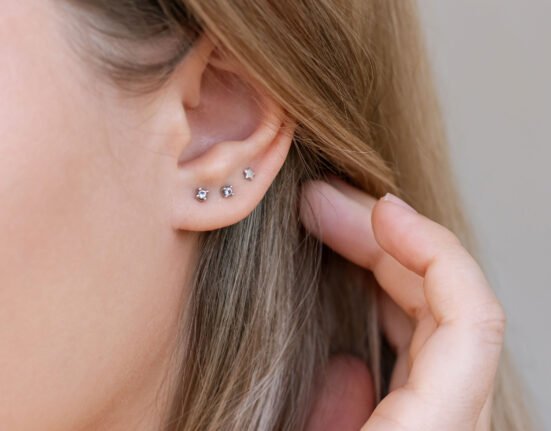Proper wound care is essential to prevent infection, speed up healing, and minimize scarring. One of the key steps is keeping the wound clean and moist so the skin’s natural regeneration process can work optimally.
The wund+™ wound care range supports this process—starting from cleaning the wound, maintaining moisture, to reducing the appearance of scars.
Each product has a specific function depending on the type of wound. This guide will walk you through common types of wounds and the most effective ways to care for them using wund+™ products.
1. Minor Cuts and Scrapes
These are common injuries that usually affect the outer layer of the skin, often accompanied by redness, mild bleeding, and slight pain.
Start by gently cleaning the wound with mild soap and water to remove dirt and debris.
For this type of wound, apply wund+™ Wound Spray to help prevent infection and keep the wound moist, which supports faster healing. After spraying, cover the wound with a sterile bandage.
2. Burns
Burns are categorized into three degrees of severity:
- First-degree burns: Affect only the outer layer of skin (epidermis), causing redness and pain.
- Second-degree burns: Extend deeper into the dermis, leading to blisters, swelling, and severe pain.
- Third-degree burns: Damage deeper tissues, resulting in white or charred skin that may feel numb due to nerve damage.
For first-degree burns, cool the affected area with running water for several minutes.
Then, apply wund+™ Wound Regeneration Cream to hydrate the skin around the wound and help prevent infection.
Third-degree burns, however, require immediate medical attention.
3. Surgical Wounds
Surgical wounds are caused by incisions made during medical procedures. Proper post-surgical care is critical to prevent infection and ensure recovery.
This includes keeping the wound clean and dry, following your surgeon’s instructions, and watching for signs of infection.
To support healing, apply wund+™ Wound Scar Gel around the wound (not on open, wet wounds).
This gel provides optimal hydration to aid healing, while Stem Cell Centella Reversa helps reduce the appearance of scars over time.
4. Chronic Wounds (e.g., ulcers)
Chronic wounds, such as diabetic foot ulcers or pressure sores, require long-term care. They are often difficult to heal due to underlying conditions like poor circulation or diabetes.
For initial care, spray wund+™ Wound Spray, which contains HOCl with antimicrobial properties—effective for preventing infection while keeping the wound moist.
Follow this with wund+™ Wound Regeneration Cream for added hydration and healing support.
However, chronic wounds cannot be managed by self-care alone. It’s important to consult healthcare professionals for a comprehensive treatment plan, which may combine wound care products with medical therapies.
**
Understanding different types of wounds and how to treat them properly—including the use of the wund+™ GWS Wellness range—can accelerate healing and lower the risk of complications.
With consistent and correct care, even chronic wounds can heal faster and with fewer complications. From Wound Spray to cleanse, Wound Regeneration Cream to support recovery, and Wound Scar Gel to minimize scarring, wund+™ offers practical and reliable wound care solutions for everyday life.
Don’t let wounds disrupt your quality of life. Treat them with wund+™, your trusted partner for effective wound care.
References
Betterhealth. Accessed in 2025. Wounds – how to care for them.
The Wound Pros. Accessed in 2025. Understanding Wound Types And How To Apply Ointment On Your Wound.
Wound Care University. Accessed in 2025. Effective Wound Care Management: 20 Key Principles To Know.














Leave feedback about this